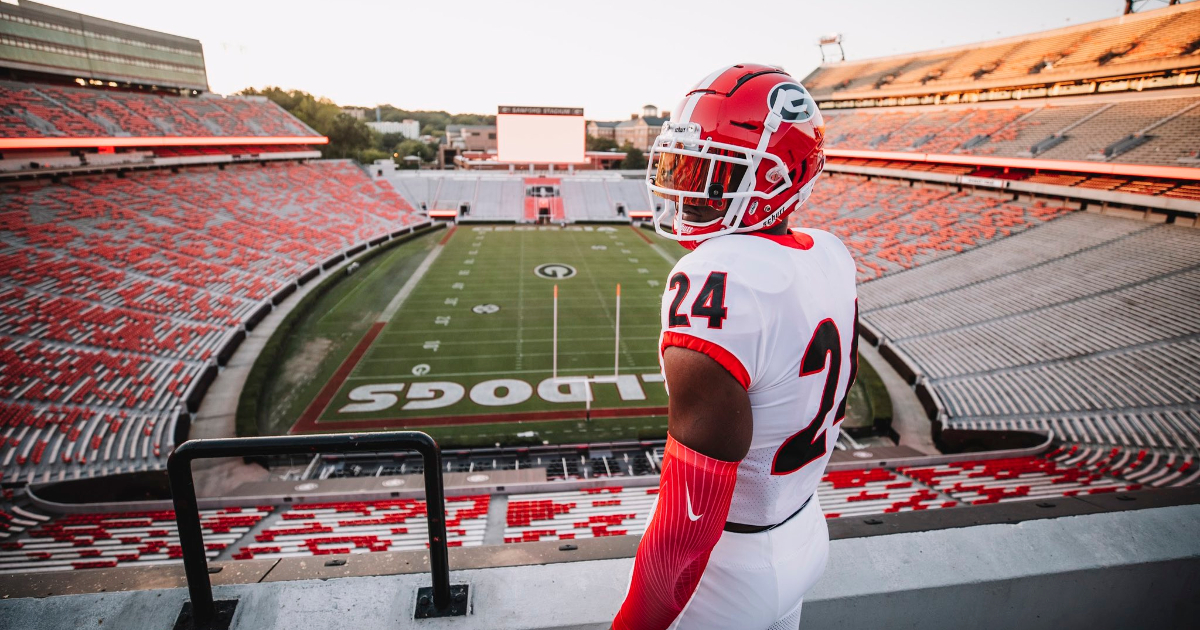Somewhere along the line, the way athletics, athletes, and athletic competition is viewed by both the universities and the general public has completely changed. In the early days, (1800's to early 1900's), athletics was viewed by universities as at least useful, if not necessary, to complete the "rounding out" of young men as they prepared them for life. A student chose the university based on the curriculum offered and if he happened to be athletically gifted, might choose to represent the school on a sports team. Before the widespread advent of baseball and football, this was generally through rowing, golf, or other Olympic sports such as fencing and running sports. Baseball and football, and their massive appeal to the general public, changed all of this. Schools began to compete more fiercely, and ringers were often brought in for key games. As the early part of the 20th century closed, we started to see the conferences work to regulate the sports. Scholarship limits were imposed, and yet this was already a sign of massive change in the way we viewed college sports. No longer was the student primarily a student, but now we were recruiting specific students based on their athletic ability. Throughout this period, however, the ideals of amateurism, which were socially important in the early 20th century, were strictly enforced. In baseball, which at this point had been around for a while, farm clubs and independent teams dotted the landscape and every decent sized town had a "local 9" that offered a chance for non-student athletes to play. The nascent NFL did not have such a setup and profited greatly by drafting their players from the pool that had used up their college eligibility. As the years chugged along, gradual changes to the way college athletics was viewed continued to mount. With TV, college games became huge, and by the late 20th century rivaled the NFL for popularity. More and more colleges began to make exceptions to their academic requirements to admit star athletes to play for them. With the money pouring in to the programs from rabid fans and boosters, a shady underground economy of bagmen emerged to pay a player for their enrollment at a desired school. At the same time, societal views towards amateurism had shifted to view it as anachronistic at best, and unduly cumbersome to an athlete who should be able to monetize himself. With the advent of NIL laws, the bagmen no longer had to operate in secret, but can now form shell companies to pay their desired targets completely above board.
IMO, we are at a similar place in the evolution of college sport as when we first began to recruit specific athletes. Then, the conferences had to come together to codify regulations to ensure competitive balance was maintained for the sake of the sport. Today, we are going to a similar movement to regulate the madness NIL has unleashed. Otherwise, we are going to see a slow but massive change in the landscape of college football as we know it. Leagues like the SEC and the B1G will likely swell to 20+ teams each and develop their own championship system where they control all the marbles between the two of them. The Big XII, already greatly diminished, will wither on the vine and become a G5 league. The best programs in the PAC will join the B1G, and the best programs in the ACC will join the SEC. The rest will sink into the dustbin of irrelevance and become G5 schools.
IMO, GT is a borderline candidate for the SEC or B1G. FSU, Clemson, Miami, UNC, and VT are the shoe ins. USC, UCLA, Stanford, Washington, and Oregon are the major candidates from the PAC. I don't see any poachable schools from the Big-XII remaining that would be attractive to a two conference super league.
Now, is all of this unavoidable? No. A lot could and likely will happen in the interim. Smarter people than me are working to avoid the iceberg looming ahead of us. I hope they are successful, but frankly, I have my doubts. The business of the college football model and the willingness of the American public to enable a handful of programs to monopolize the sport likely assure the changes outlined above. The only real hope we have right now is for the "alliance" of the B1G, ACC, and PAC to become that governing body that holds the SEC to account, and the only way for that to happen is for the factories in each of those leagues to act selflessly knowing it will mean diminished benefit from the new NIL model to their recruiting. Since I don't see this happening, my gut feeling is we are witnessing the downward spiral of competitive football at Georgia Tech, and that has absolutely nothing to do with our coaching staff. Our fate was sealed the day we walked out of the SEC. We stood on principle, but today principle and $1 will get you a large sweet tea at McDonalds.
Anyway, this is definitely
TL R
R for some, but it's what I see unless major changes happen soon.

